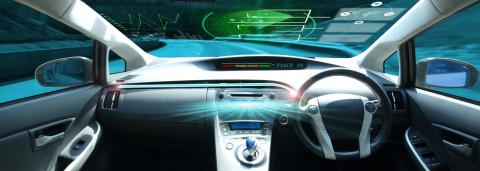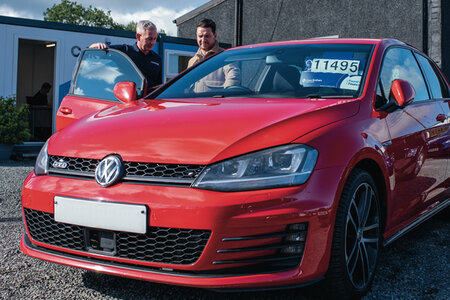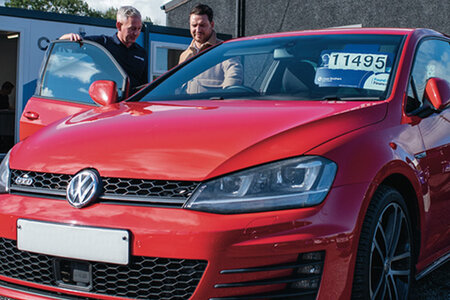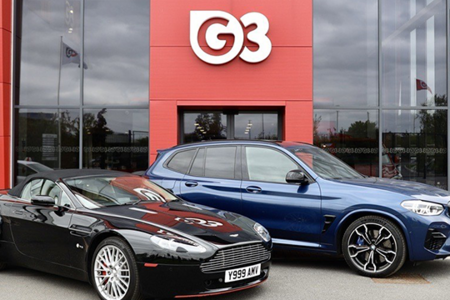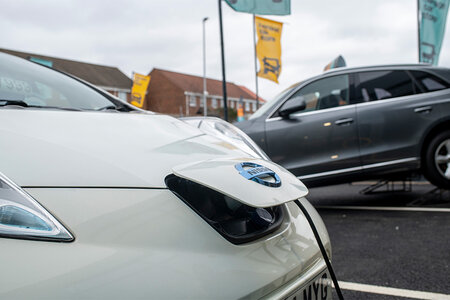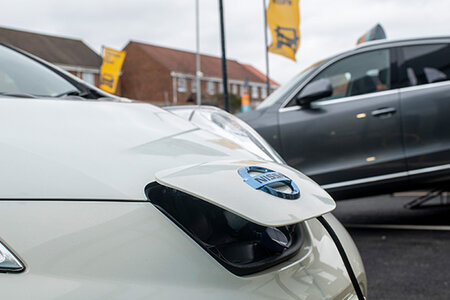The proportion of UK motorists who said they liked the idea of self-driving cars has tripled in 12 months, according to the Britain Under the Bonnet report (launching April 2019) from Close Brothers Motor Finance. Three in ten drivers (31%) said they were in favour of self-driving cars, up from one in ten (10%) a year ago.
At a time when Government has recently announced plans for driverless cars to be on UK roads as early as 2021, the latest figures show how perceptions are changing and trends are beginning to shift.
Appetite for driverless cars was strongest amongst younger generations– a clear indication of where the future market would be. 42% of drivers under 25 were keen on autonomous vehicles, compared to 24% of those over 55. What’s more, one in seven drivers under 25 (14%) said they wanted to buy a self-driving car as their next car, compared to 2% of those over 55.
Geographical location also had a part to play. Londoners were the most likely to be in favour of driverless cars (38%), while those in Wales were the least (24%). One in ten (10%) Londoners would like to buy an autonomous car next.
However, those in favour of driverless cars had some caveats. Two-thirds (68%) would need to see more evidence that they were safe before they bought one. Half (48%) worried about how the law would work in the event of an accident.
More broadly, 38% of drivers said they are not in favour as they would want to be in control of the car, and 35% do not trust the technology.
Seán Kemple, Director of Sales, Close Brothers Motor Finance, commented: “The sci-fi element of driverless cars certainly captures the imagination and is a great point for discussion. The huge leaps in technology have also been well documented in the press. “However, the current testing that is going on suggests that the reality of driverless cars is still some way off. While interest is on the rise, it is telling that just 6% of drivers would actually consider buying one as their next car.
“Nevertheless, it poses some important questions for the future. The courier service industry is already anticipating huge changes, particularly for last mile delivery, and not much further down the line the taxi industry is likely to change too. How these industries respond to these changes will be important to observe, and it is essential that dealers keep ahead of the curve and retain a holistic view of the industry. This will allow them to make the most informed decisions about the types of cars for their forecourts when the time comes.”
